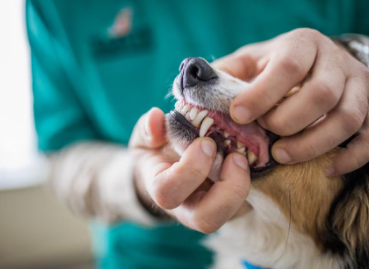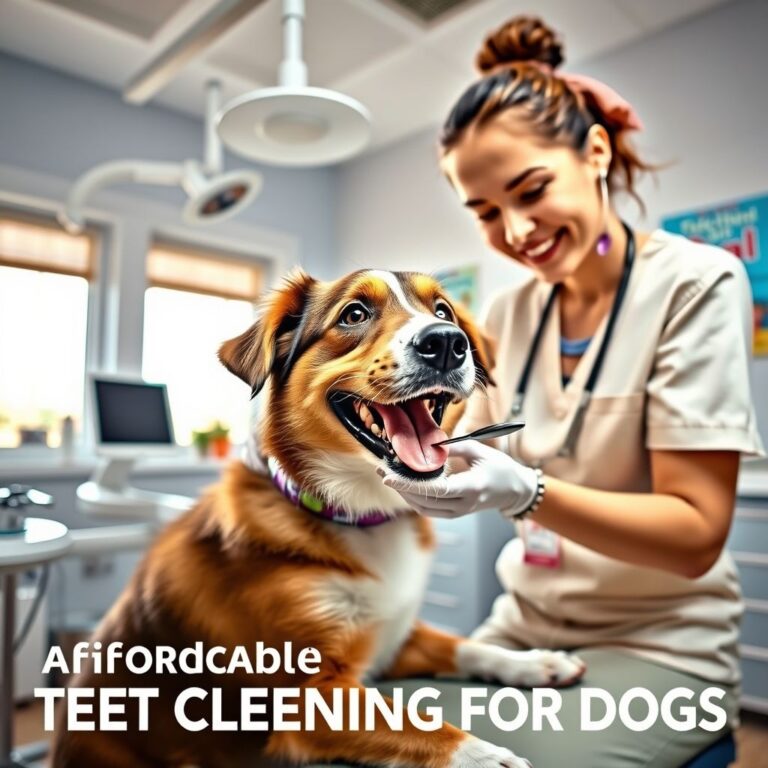Dog Tooth Extraction Cost with Anesthesia
Dog tooth extraction is a common veterinary procedure required for various dental issues such as severe periodontal disease, tooth decay, broken teeth, or abscesses. While it is a routine operation, the costs associated with dog tooth extraction can vary widely, especially when anesthesia is involved. Understanding these costs and what to expect can help pet owners make informed decisions about their pet’s health care. This comprehensive guide will delve into the factors influencing the dog tooth extraction cost with anesthesia, the procedure itself, post-operative care, and additional considerations to keep in mind.

Why Dog Tooth Extraction May Be Necessary
Periodontal Disease
Periodontal disease is one of the leading causes of tooth extraction in dogs. It affects the structures that support the teeth, including the gums and bone, leading to tooth loss if not treated promptly.
Tooth Decay and Fractures
Tooth decay and fractures can cause significant pain and infection, necessitating extraction to prevent further complications.
Abscesses
Dental abscesses, often resulting from untreated tooth decay or periodontal disease, require extraction to remove the source of infection.
Impacted Teeth
Impacted teeth, which fail to erupt properly, can cause pain and misalignment, making extraction necessary.
The Tooth Extraction Procedure
Pre-Operative Assessment
A thorough pre-operative assessment is crucial to determine the overall health of the dog and the extent of dental issues. This typically includes a physical examination, blood tests, and dental X-rays.
Anesthesia
Anesthesia is administered to ensure the dog remains pain-free and still during the procedure. This is a significant part of the cost due to the need for specialized drugs and monitoring equipment.
Extraction Process
The extraction process involves loosening the tooth from its socket and removing it. In cases of severe decay or fracture, surgical extraction may be necessary, which is more complex and costly.
Post-Operative Care
After the extraction, post-operative care is essential to ensure proper healing. This includes pain management, antibiotics to prevent infection, and follow-up visits to monitor recovery.
Cost Breakdown of Dog Tooth Extraction with Anesthesia
Factors Influencing Cost
- Location: The cost of veterinary services can vary significantly depending on geographic location.
- Complexity of Extraction: Simple extractions are less expensive than surgical extractions.
- Number of Teeth: Extracting multiple teeth will increase the cost.
- Pre-Operative Tests: Blood tests and X-rays add to the overall cost.
- Veterinary Expertise: The experience and reputation of the veterinarian can influence the price.
Average Costs
The cost of dog tooth extraction with anesthesia can range from $500 to $1,500 or more. Here’s a detailed breakdown:
| Cost Component | Estimated Price Range |
|---|---|
| Pre-Operative Tests | $100 – $300 |
| Anesthesia | $100 – $300 |
| Simple Extraction | $200 – $400 |
| Surgical Extraction | $400 – $1,000 |
| Post-Operative Care | $100 – $300 |
| Total | $500 – $1,500+ |
Importance of Anesthesia in Dog Tooth Extraction
Pain Management
Anesthesia ensures that the dog does not experience pain during the procedure, which is crucial for their well-being.
Safety
Anesthesia helps keep the dog still, reducing the risk of injury during the extraction.
Monitoring
During anesthesia, the dog’s vital signs are closely monitored, ensuring any complications are promptly addressed.
Risks and Complications
Anesthesia Risks
While generally safe, anesthesia does carry risks, especially for older dogs or those with underlying health issues.
Post-Operative Complications
Infections, delayed healing, and adverse reactions to medications are potential post-operative complications.
Post-Extraction Care
Pain Management
Administering pain relief medications as prescribed by the veterinarian is essential for the dog’s comfort.
Diet Modifications
Soft foods are recommended to prevent discomfort and aid in healing.
Monitoring
Regular monitoring of the extraction site for signs of infection or complications is important.
Follow-Up Visits
Scheduled follow-up visits ensure the extraction site is healing properly and address any concerns.
Additional Considerations
Pet Insurance
Pet insurance can help offset the cost of tooth extraction and other veterinary expenses. It’s important to review the policy details to understand what is covered.
Preventive Dental Care
Regular dental check-ups and cleanings can help prevent the need for extractions by maintaining good oral health.
Home Dental Care
Brushing your dog’s teeth and providing dental chews can reduce plaque and tartar buildup, lowering the risk of dental issues.
Conclusion
Dog tooth extraction with anesthesia is a necessary procedure for many dental issues that can significantly impact a dog’s health and quality of life. While the costs can be substantial, understanding the factors involved can help pet owners prepare financially and ensure their pets receive the best care possible. Regular dental check-ups and preventive care are essential in maintaining your dog’s oral health and potentially avoiding the need for extractions.
FAQs
What is the average cost of dog tooth extraction with anesthesia?
The average cost ranges from $500 to $1,500, depending on various factors such as location, complexity of the extraction, and the number of teeth involved.
Is anesthesia safe for my dog during tooth extraction?
Yes, anesthesia is generally safe, but it carries some risks, especially for older dogs or those with underlying health conditions. A thorough pre-operative assessment helps mitigate these risks.
How can I help my dog recover after tooth extraction?
Ensure your dog receives prescribed pain medications, offer soft foods, monitor the extraction site for signs of infection, and attend follow-up visits with the veterinarian.
Can pet insurance cover the cost of tooth extraction?
Many pet insurance policies cover dental procedures, including tooth extractions. Review your policy details to understand coverage and any exclusions.
How can I prevent the need for tooth extractions in my dog?
Regular dental check-ups, professional cleanings, brushing your dog’s teeth, and providing dental chews can help maintain good oral health and prevent dental issues that may lead to extractions.
What are the signs that my dog might need a tooth extraction?
Signs include bad breath, difficulty eating, pawing at the mouth, excessive drooling, and visible tooth decay or damage. Consult your veterinarian if you notice any of these symptoms.
Additional Resources
Reviewing and understanding the costs, procedures, and post-operative care for dog tooth extraction with anesthesia ensures that pet owners are well-prepared to provide the best possible care for their furry companions.


